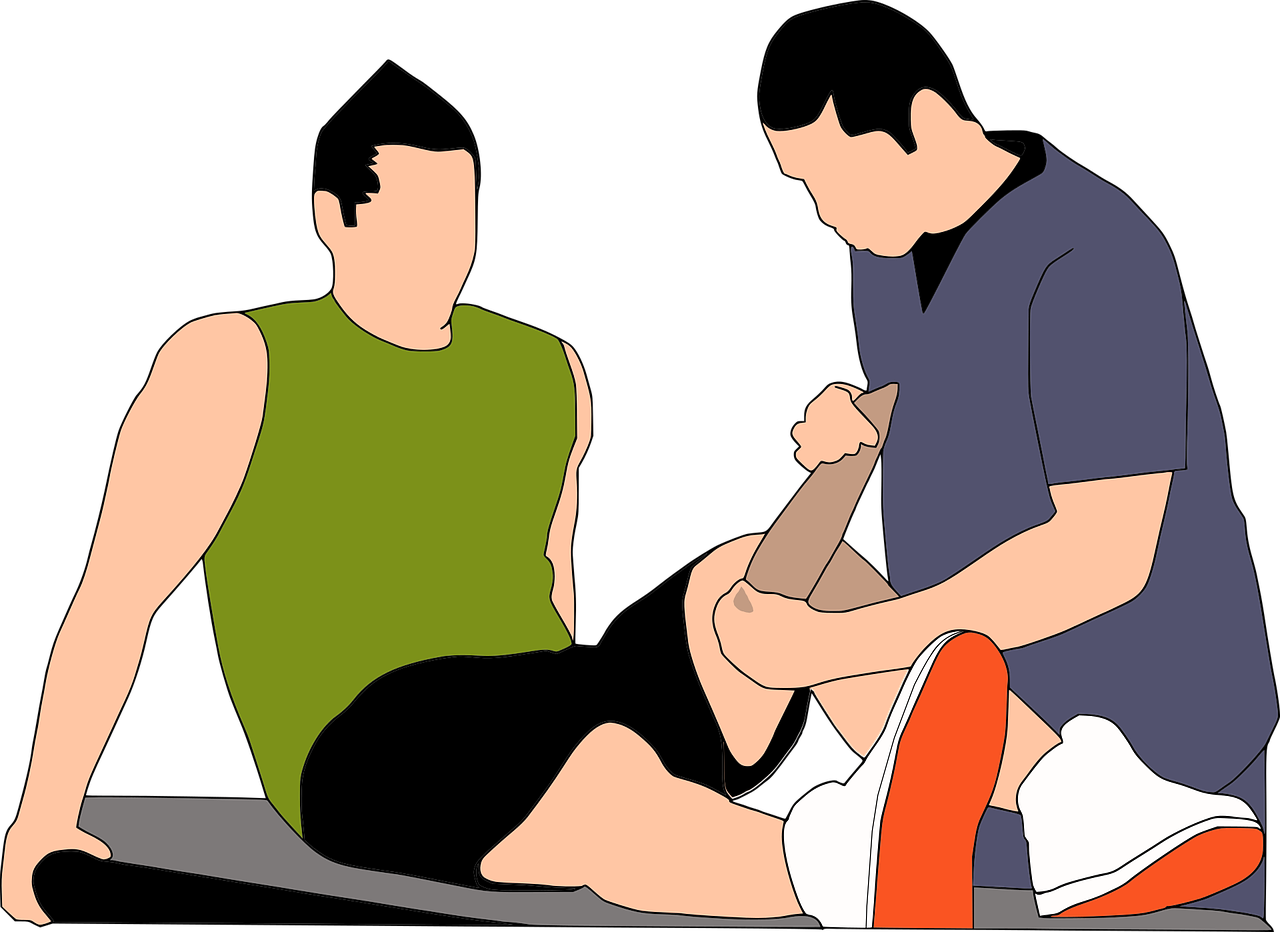
Medicine is progressing rapidly in how it approaches and treats injuries bring greater relief and a better quality of life to those who get injured. The use of new medicines, procedures and therapies that take into account the injury but also the patient following treatment provides a better outcome for all involved.
Here are a few injuries and how new technology is improving the approach to dealing with them.
Injuries of the Hip
Because humans are bi-peds who walk upright, our hips are nearly always weighed down with the weight of our upper bodies. In addition to carrying this weight, they also are a large part of the mechanisms that provide balance for our entire skeletal structures.
The hip is a very complex ball and socket type. Their movement is some the widest range of any in the body, and there is high twisting and resistance forces working on them for most of each day. Because of the stressful forces placed on the hips over time and when doing activities that add additional stress on the hips like sports, hip injuries are common. Injuries can range from mild strains to tears and dislocations which may require long term rehabilitation, surgery, or both.
Previously when surgery was required, it as a major operation that would require long hours in the operating room followed by six months of recovery time. Today, however, the vast majority of hip injuries requiring surgery are repaired with arthroscopic surgery, which is minimally invasive.
The result is that there is less morbidity, a more brief rehabilitation time, and the surgeon doesn’t have to perform extreme procedures like dislocating the hip in order to repair it. As a result, people can get back on the feet and on with their lives much sooner and have fewer symptoms following the surgery.
Injuries of the Nervous System
Perhaps no injury has a more devastating long term effect on the body and psyche than injuries of the nervous system. Nervous system injuries include a diverse group of disorders from spinal cord injury (SCI) and traumatic brain injury (TBI) also stroke and brain cancer. SCI and TBI disproportionately affect the young, primarily because of motor vehicle accidents and violence, and stroke more commonly strikes older people, but brain tumors can develop at any age, with incidence peaking in children between the ages of 3 and 12 and in adults between 55 and 65.
The common strand among these injuries is the chronic and severe debilitation that will usually result. This is because the central nervous system has such limited capacity to repair itself after an injury. As a result, much of the basic neuroscience research relevant to nervous system injuries focuses on regeneration or, finding ways to jump-start the innate repair mechanisms of the brain or spinal cord to achieve some level of functional recovery.
One promising area of research and treatment is taking place by doctor including Curtis Cripe is in the field of Neural engineering which focuses on understanding, repairing, replacing, enhancing, or otherwise exploiting the properties of body’s neural systems. Neural engineers are uniquely qualified to solve design problems at the interface of living neural tissue and non-living constructs. The idea is to introduce artificial tissue, machines and other mechanisms into the body to restore function. Although we are at the very beginning of understanding and implementing the work generated from this very vibrant field, there is no doubt that it will play a key role going forward in repairing injuries to the nervous system. There has already been brain-computer interface technology created as an example that can assist with the movement of limbs that were previously paralyzed. The next few years will introduce even more and greater technology from this field.